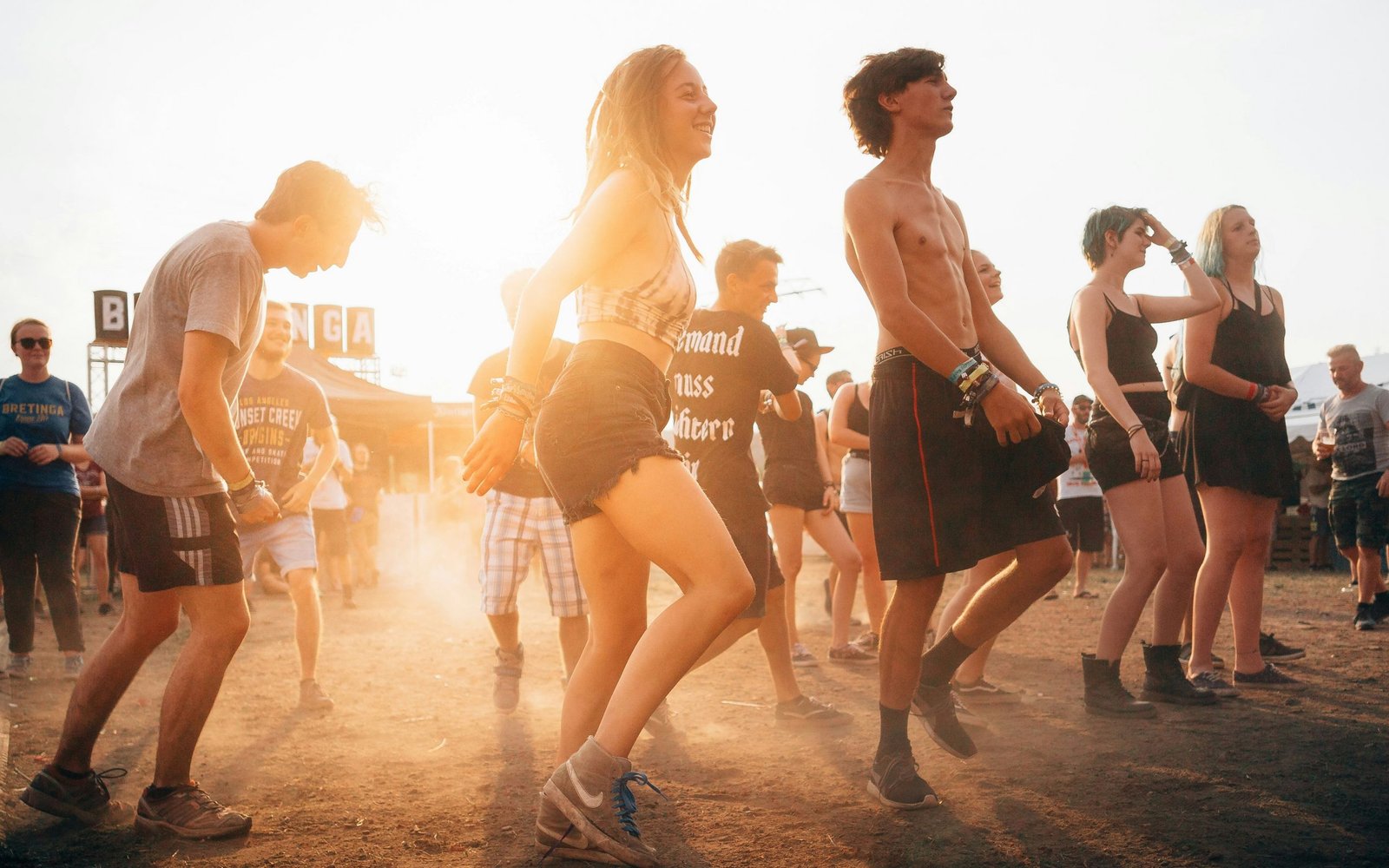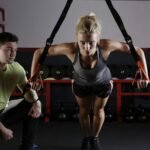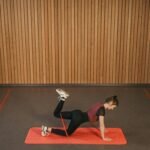In the realm of fitness, one principle stands true: age is just a number. Whether you’re five or ninety-five, staying active and maintaining a healthy lifestyle is possible and immensely beneficial.
In this article, we’ll provide age-specific fitness tips for different groups, address how to overcome age-related fitness barriers, and share inspiring stories of individuals who achieved significant fitness milestones later in life.
Age-Specific Fitness Tips
Children and Adolescents (5-18 Years)
Focus: Building Foundations and Fun
For children and adolescents, the primary focus should be on establishing a solid foundation of physical activity while ensuring it remains fun and engaging. Encouraging a variety of activities helps develop motor skills, coordination, and a lifelong love for fitness.
- Variety is Key: Children and adolescents should be exposed to a range of physical activities, from team sports like football and netball to individual pursuits like swimming and gymnastics. This variety not only keeps them engaged but also helps in the holistic development of their physical abilities.
- Limit Screen Time: In today’s digital age, it’s essential to balance screen time with physical activity. Encourage outdoor play, and consider setting limits on the amount of time spent on computers, tablets, and smartphones. Outdoor activities can include playing in the park, cycling, or engaging in nature walks.
- Family Activities: Fitness can be a family affair. Organising regular family outings such as hikes, bike rides, or even just playing games in the garden can instil a positive attitude towards fitness. It also strengthens family bonds and sets a healthy example for children.
- Structured Programmes: Enrolling children in structured programmes like swimming lessons, martial arts, or dance classes can provide them with discipline and a sense of achievement. These activities also teach them about setting and reaching goals, which is a valuable life skill.
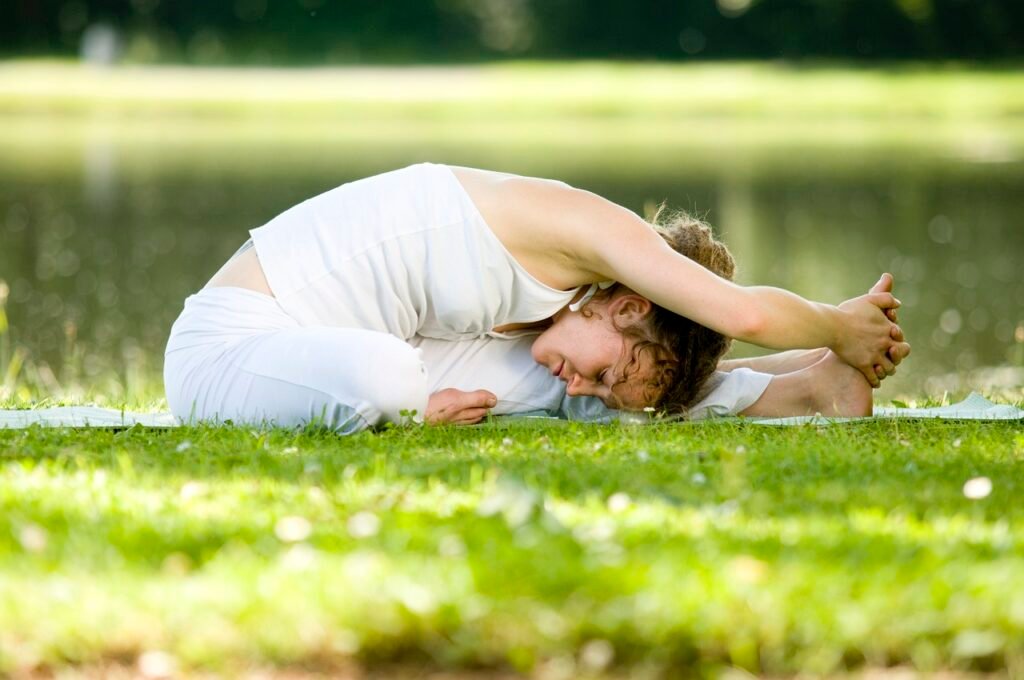
Young Adults (19-35 Years)
Focus: Building Strength and Stamina
Young adulthood is an ideal time to build strength and stamina. This age group often has the resilience and recovery capacity to handle more intense training regimes.
- Strength Training: Incorporate weight lifting into your routine to build muscle mass and boost metabolism. Strength training helps in bone density, reduces the risk of injury, and can improve overall body composition. Focus on compound movements like squats, deadlifts, and bench presses.
- Cardiovascular Fitness: Regular cardiovascular exercise is crucial for heart health. Activities such as running, cycling, and HIIT (High-Intensity Interval Training) can help improve cardiovascular fitness and endurance. Aim for at least 150 minutes of moderate-intensity or 75 minutes of high-intensity cardio each week.
- Flexibility and Balance: Including flexibility and balance exercises in your routine can prevent injuries and improve overall performance. Yoga and Pilates are excellent choices, enhancing core strength, flexibility, and mental focus.
- Consistency: Establishing a consistent workout routine is key to building lifelong habits. Find a schedule that works for you and stick to it. Consistency not only yields better results but also makes fitness an integral part of your lifestyle.
Middle Age (36-55 Years)
Focus: Maintaining Fitness and Preventing Injury
As we reach middle age, maintaining fitness levels while preventing injuries becomes crucial. It’s also a time to address the onset of age-related health issues.
- Balanced Exercise Routine: A well-rounded exercise programme should include cardio, strength training, and flexibility exercises. This approach ensures that all aspects of fitness are addressed, from cardiovascular health to muscle maintenance and joint mobility.
- Low-Impact Cardio: Activities such as swimming, brisk walking, and using an elliptical machine are excellent low-impact cardio options. They provide cardiovascular benefits without putting excessive stress on the joints, which is particularly important as joint issues can become more prevalent.
- Strength Training: Continue with weight-bearing exercises to maintain muscle mass and bone density. Focus on functional movements that enhance daily activities and help prevent injuries. Using free weights, resistance bands, or body-weight exercises can be effective.
- Flexibility: Regular stretching or yoga sessions can help maintain flexibility and reduce the risk of injury. Stretching should be a part of every workout routine, focusing on all major muscle groups.
- Listen to Your Body: It’s important to pay attention to any signs of overuse or injury. Adjust your workouts as needed, and don’t hesitate to seek advice from a fitness professional or healthcare provider if you experience persistent pain or discomfort.
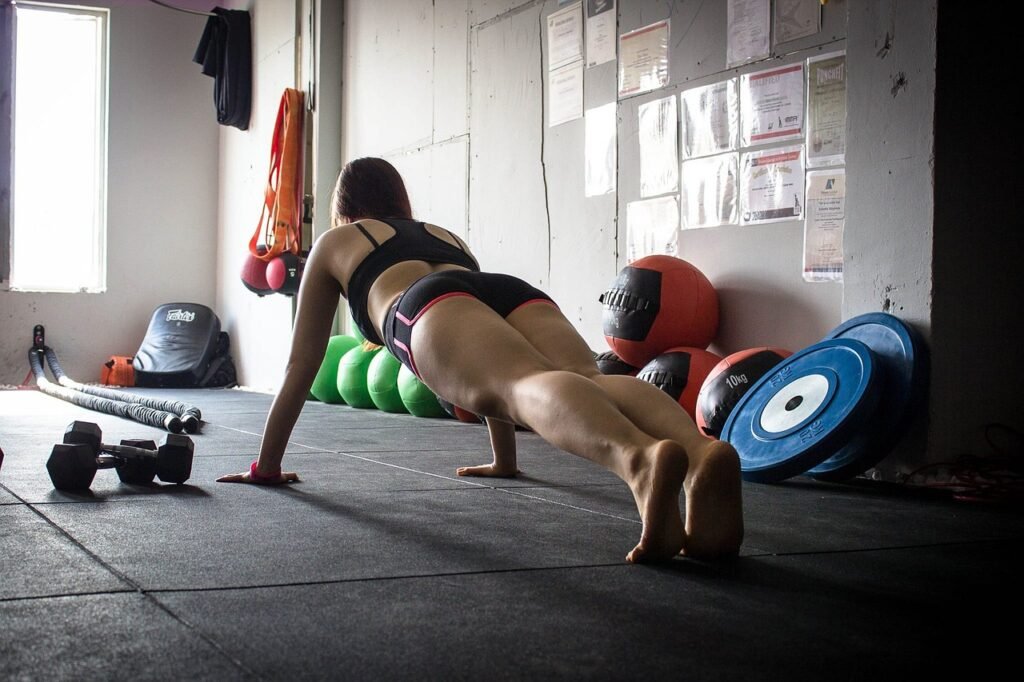
Older Adults (56+ Years)
Focus: Mobility, Balance, and Strength
For older adults, the focus shifts to maintaining mobility, balance, and strength to ensure a high quality of life and independence.
- Gentle Strength Training: Use lighter weights or resistance bands to maintain muscle mass without risking injury. Focus on exercises that mimic daily activities, such as squats, lunges, and step-ups, to enhance functional strength.
- Balance Exercises: Practising Tai Chi or balance-focused exercises can help prevent falls, a common concern in older age. Simple exercises like standing on one foot or heel-to-toe walking can significantly improve balance.
- Flexibility and Mobility: Engage in regular stretching routines and consider activities like yoga to maintain flexibility and joint mobility. Stretching can help reduce stiffness and improve the range of motion.
- Low-Impact Cardio: Walking, swimming, and cycling are excellent for maintaining cardiovascular health without stressing the joints. Aim for at least 150 minutes of moderate-intensity aerobic activity each week, adjusting based on your comfort and ability level.
- Social Fitness: Joining group exercise classes tailored for seniors can provide motivation and social interaction. These classes often cater to the specific needs of older adults, ensuring a safe and supportive environment.
Overcoming Age-Related Fitness Barriers
Time Constraints
As we age, life often becomes busier with work, family, and other responsibilities. Finding time for fitness can be challenging, but not impossible.
- Schedule Workouts: Treat exercise like any other appointment and schedule it into your calendar. Early morning workouts can be particularly effective, ensuring that exercise doesn’t get sidelined by daily tasks.
- Short Workouts: Incorporate short, intense workouts that can be done in 20-30 minutes. HIIT workouts are particularly effective, providing substantial benefits in a shorter time frame.
- Active Lifestyle: Integrate physical activity into daily routines, such as walking or cycling to work, taking the stairs, or doing housework vigorously. Small changes can add up to significant benefits over time.
Physical Limitations and Health Issues
Age can bring about physical limitations and health issues, but adapting your fitness routine can help manage these challenges.
- Modify Exercises: Adapt exercises to fit your ability level. For example, use a chair for support during squats or opt for water aerobics. Exercise modifications can ensure that you stay active without exacerbating existing conditions.
- Consult Professionals: Work with a physiotherapist or personal trainer to develop a safe and effective workout plan. Professional guidance can help tailor exercises to your specific needs and limitations.
- Focus on Health Benefits: Understand how exercise can alleviate symptoms of chronic conditions and improve overall well-being. Regular physical activity can help manage conditions such as arthritis, diabetes, and heart disease.

Lack of Motivation
Staying motivated can be difficult at any age, but particularly as we grow older.
- Set Realistic Goals: Set achievable fitness goals that can provide a sense of accomplishment. Start with small, manageable targets and gradually increase the challenge.
- Find Enjoyable Activities: Choose activities you enjoy to make exercise something to look forward to. Whether it’s dancing, hiking, or gardening, enjoyment can be a powerful motivator.
- Social Support: Exercise with friends or join a fitness group to stay accountable and motivated. Social interaction can enhance the enjoyment of physical activity and provide a supportive network.
Inspiring Stories of Individuals Who Achieved Fitness Goals Later in Life
Joan MacDonald: A Transformation at 70
Joan MacDonald, at the age of 70, was dealing with high blood pressure, arthritis, and other health issues. Encouraged by her daughter, she started weight training and transformed her diet. Over a few years, she lost over 60 pounds, gained muscle, and significantly improved her health. Joan’s story is a testament to the fact that it’s never too late to start your fitness journey. Her commitment to her health not only reversed several age-related conditions but also inspired countless others to take charge of their fitness.
Charles Eugster: The Sprinting Sensation at 95
Charles Eugster began his fitness journey in his 80s. By the age of 95, he was setting world records in sprinting for his age group. His story highlights how staying active can lead to remarkable achievements and a better quality of life, even in advanced years. Charles embraced a rigorous training regime, proving that age should not deter one from pursuing and achieving high-level fitness goals.
Fauja Singh: The Marathon Man at 100
Fauja Singh started running marathons at the age of 89. By 100, he became the oldest marathon runner in the world, completing the Toronto Waterfront Marathon. Fauja’s story inspires countless individuals by showing that age is no barrier to achieving incredible fitness milestones. His dedication and passion for running have made him a symbol of endurance and resilience in the fitness world.
Conclusion
Fitness is a lifelong journey, and age should never be a deterrent. Whether you are young or old, there’s always a way to stay active and healthy. By tailoring fitness routines to suit different life stages, overcoming age-related barriers, and drawing inspiration from those who have achieved greatness later in life, we can all embrace the idea that age is just a number. Remember, the best time to start your fitness journey is now, regardless of your age. Stay active, stay healthy, and keep pushing your limits – because every stage of life has its own unique potential for fitness and well-being.

